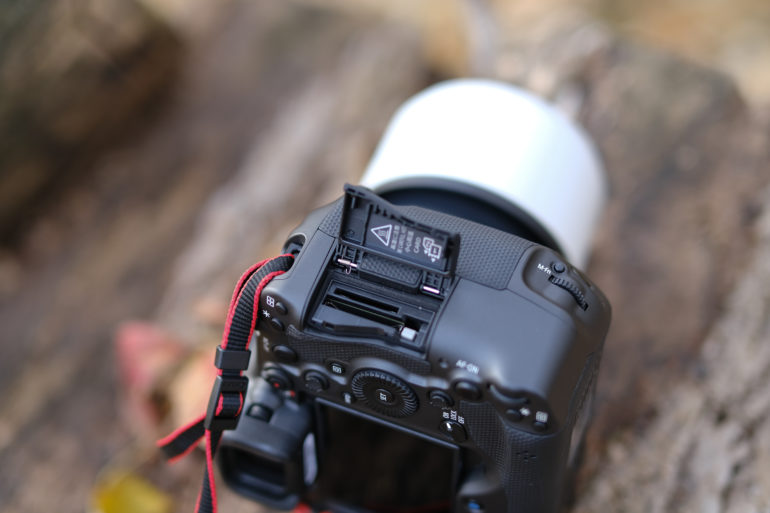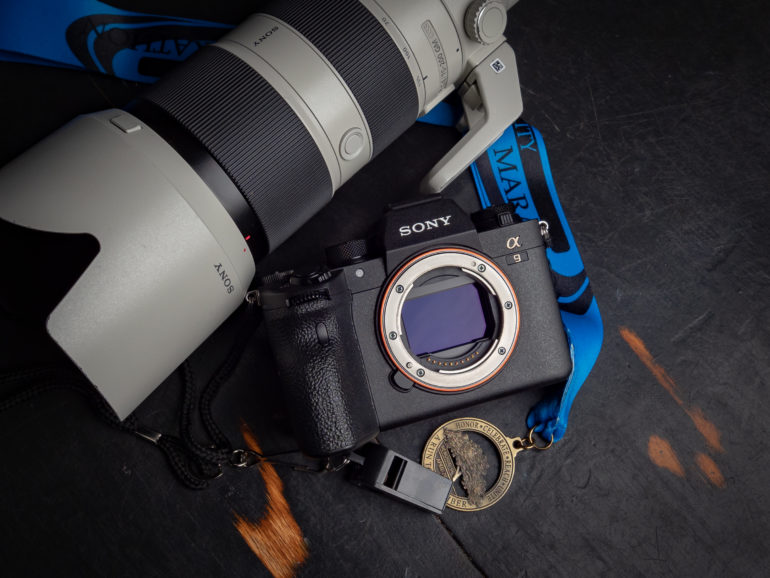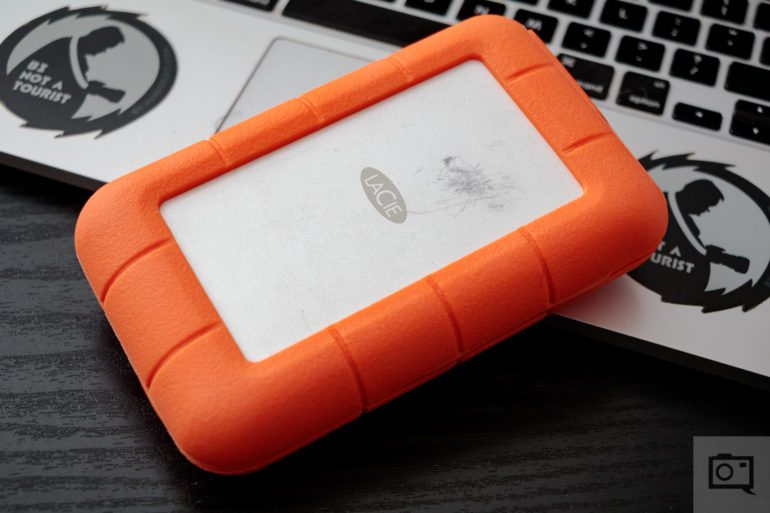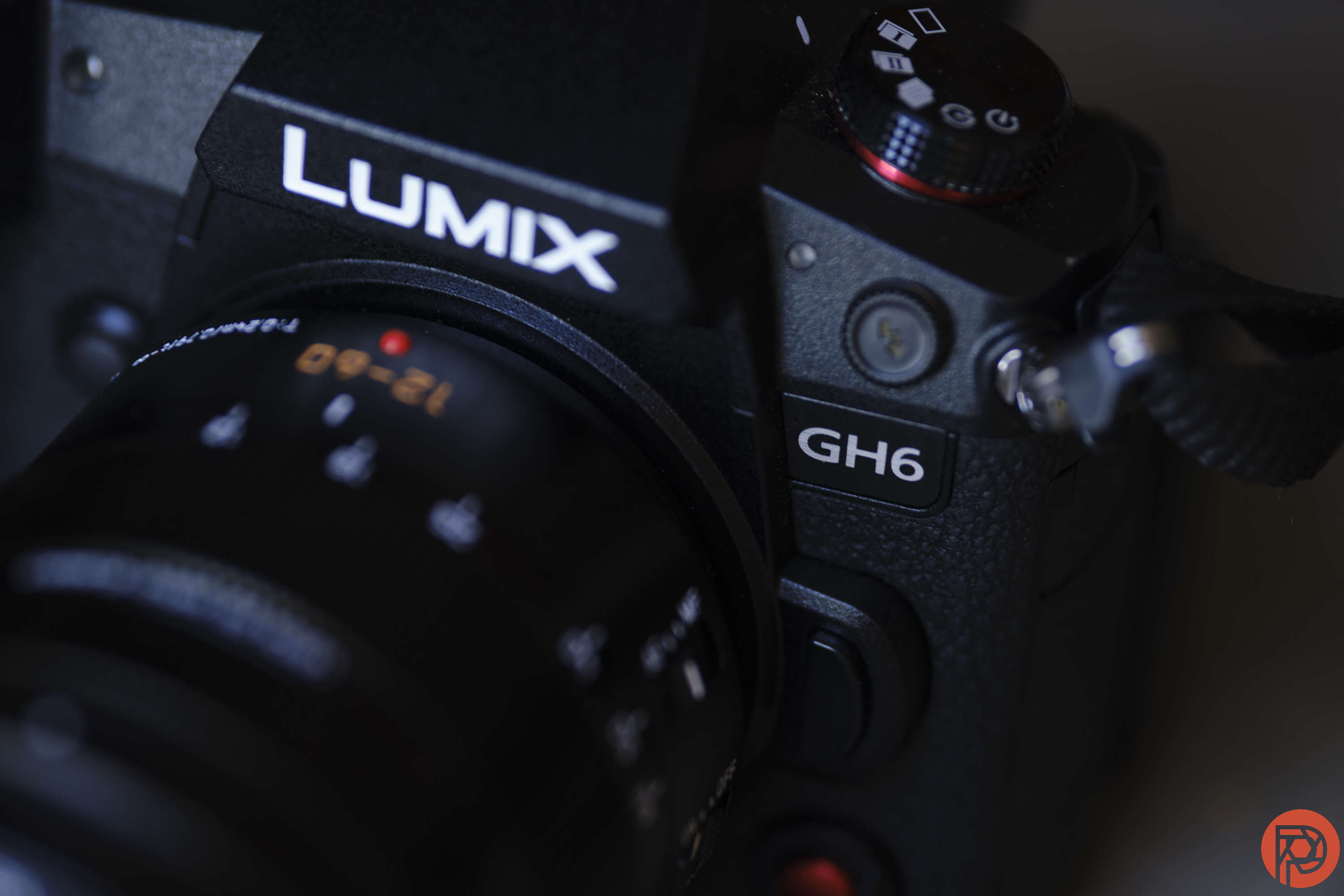The camera industry has been locked in a megapixel race for years. But, there’s another specification that has companies dueling for bragging rights: Burst speed. With 50 megapixels no longer out of the ordinary, the focus seems to have turned to just how fast a camera can snap those high-resolution pictures. The Sony a9 stunned with 20 fps shots — only to outdo themselves later on with the Sony a1. Then the Canon EOS R3 and Nikon Z9 hit 30 fps with options to go even faster. And then Panasonic laughed — and launched 75 fps on the GH6.
We hate banner ads too. Download our app for iOS, iPad, and Android and get no banner ads for $24.99/year.
But, just as there is such a thing as too many megapixels creating too much noise, is there a magic number for burst speed? Is there such a thing as a camera that’s too fast? Are photographers forking over extra cash for cameras with unnecessary speed and external hard drives to put it all in?
Burst Speed Buffers

The burst speed of a camera indicates how many photos it can take in a single second. But there are a few other things that will indicate just how worthwhile that burst speed is. The first is the buffer, or how long the camera can maintain that speed for. Will you be shooting at 75 fps for 30 seconds only to twiddle your thumbs while waiting for the camera to record all those images so you can use it again? With that said, do you also have a memory card that can keep up?
A camera with fast burst speeds typically has a faster processor inside than a camera with slower burst speeds, so even with single shots, there tends to be less waiting. Still, some of those headline-making speeds come with a wait time while the buffer empties before shooting again.
What good is 75 fps if less than half of them are in focus?
Camera Speed and Autofocus

The second factor is the continuous autofocus. A camera’s speed with continuous autofocus is more important than a camera’s top burst speed. This is the speed that should be printed on the box; the speed that should be used to compare camera models. Burst speed is helpful for moving subjects. But, few moving subjects stay on the same focal plane. Most of the time, if my camera is in a fast burst mode, it’s also in continuous autofocus. What good is 75 fps if less than half of them are in focus?
“I don’t have hours and hours to sort through the images and pick out the ones I actually like. Leave the burst speed on high and you’ll end up with thousands of images even from just a one hour session.”
Looking at the buffer and the continuous autofocus speed often takes those brag-worthy speeds down a notch. The Panasonic GH6, for example, can only shoot 7 fps with continuous autofocus, and there’s a bit of a wait before the buffer is fully cleared at 75 fps. The Z9 drops down to 20 fps with continuous autofocus while, impressively, the R3 still snaps at 30 fps.
The Sony a9 snaps photos at 20 fps — but Sony says the autofocus calculates at 60 fps. That’s the way camera specs should read, with a faster number being the autofocus, not the burst.
The Other Problem with Camera Speed

Even if a camera is able to maintain a high burst speed with continuous autofocus, these fast speeds create another issue: storage. Cameras with a fast burst speed not only fill up memory cards quick, but they also fill up hard drives. While storage has dropped in price, high-capacity external hard drives are still not cheap.
I found another issue when I shot with the GH6 at top speed: I don’t have hours and hours to sort through the images and pick out the ones I actually like. Leave the burst speed on high and you’ll end up with thousands of images even from just a one-hour session.
This, however, is easily fixed by smartly selecting a shooting mode. All cameras will allow you to choose how fast the burst speed is, some from within the menu, others with fast access physical controls. That means it’s easy to slow down when you don’t need the extra speed, but don’t want to shoot a single tap either.
What’s the Ideal Burst Speed for a Camera?
I don’t want you to think that I hate burst speed. In fact, in my first gig shooting high school sports, I earned the nickname Pepper. Everyone else in the office learned on film cameras and tended to be conservative with their shots. I learned on digital and my first DSLR — which shot at a snappy 2.5 fps, by the way — probably never left burst mode. Even now as a portrait and wedding photographer, I overshoot. Yes, there’s safety in overshooting, but also time and I’m still working on finding a happy medium.
Shooting at 75 fps was enough to create a slow-motion video by holding down the next arrow in Lightroom — that’s a lot of photos and few scenarios where one photo will be wildly different from the next. When I sat down after using that mode on the GH6, I didn’t want to go through my photos. There were too many of them. I don’t think that 75 fps without continuous autofocus is completely useless. This mode is going to be great for things like photographing water droplets or a water balloon bursting. But, the burst speed that allows continuous autofocus is going to be used the most often.
A cinematic video is 24 fps — and this is ideal for the fastest action, like Olympic-level sports and wildlife. That’s enough to time the bird’s wings in a perfect position or the receiver’s hands just as he makes contact with the football. Think of it this way — shooting stills at 24 fps is like pulling freeze frames from a video. You won’t miss much.
But, of course, if I shot sports at 2.5 fps then, of course, all sports photographers don’t need to fork over the money for the likes of the Canon R3, Nikon Z9, or Sony a9. Is it easier to take sports photos at 20 and 30 fps? Of course. But taking photos every tenth of a second is still a very workable speed. You don’t have to have the most expensive flagships in order to shoot sports and wildlife.
Fast burst speeds aren’t a bad thing — but they can be if you fork over money you don’t have for them, whether that’s for the camera itself or a few dozen terabytes of storage.


